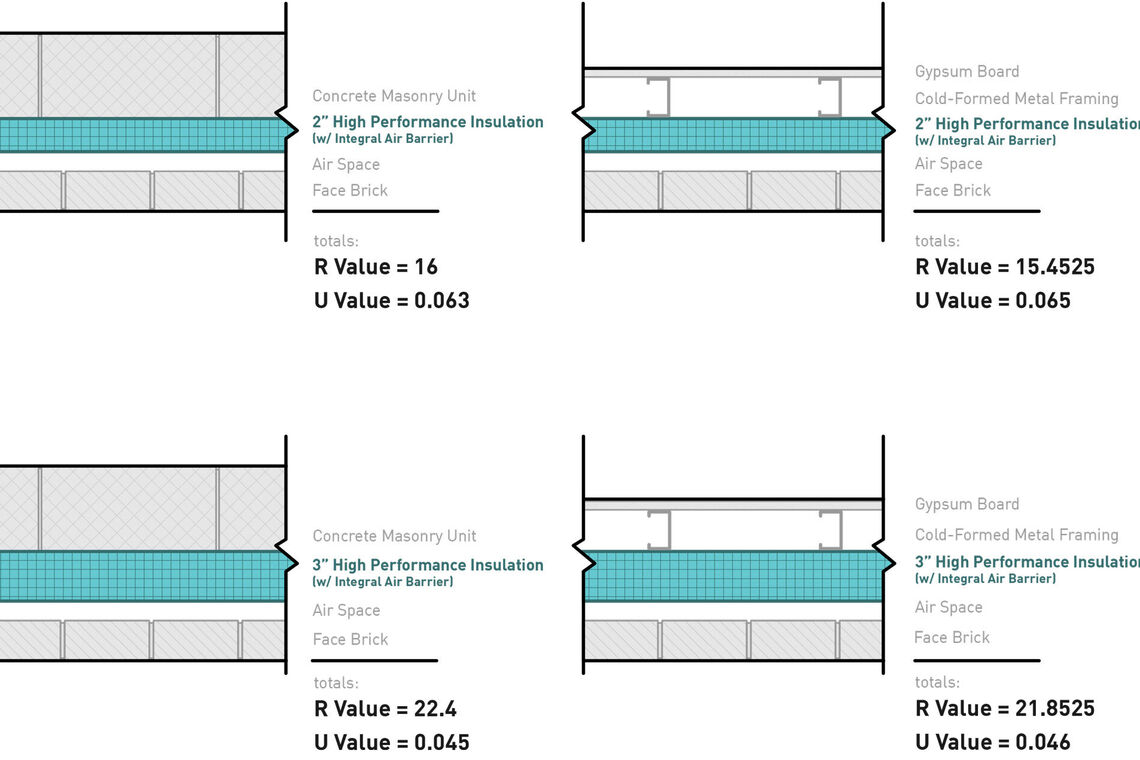

By directing water to the outside, DuPont ™ Flashing Systems products help prevent water damage and the growth of mold. DuPont ™ Flashing Systems products are designed to protect the home at some of its most vulnerable points, around window and door openings. Water is relentless in its efforts to find ways inside a structure. DuPont roofing products, including DuPont ™ Tyvek ® Protec ™, are designed to keep bulk water out of the building. Protection aboveĪ dry roof is essential to performance of any residential structure.
#HIGH PERFORMANCE BUILDING ENVELOPE SYSTEMS FULL#
The difference is in the details, and DuPont delivers full system performance that can translate to improved air and water resistance and energy efficiency. An integrated systemĭuPont ™ Building Envelope systems products are designed to work together – from Tyvek ® HomeWrap ® to effective, easy-to-use flashing and sealant materials. Performing As Built: Tough, tear-resistant and easy-to-repair DuPont ™ Building Envelope products are designed to deliver performance on the job site, not just on paper. Additionally, reduced air infiltration and exfiltration helps keep conditioned air where it belongs, and can contribute to lower heating and air-conditioning costs.Ĥ.


Controlling Air Flow: Improved airtightness helps insulation perform to its installed R-value, and can improve energy efficiency significantly. Letting Water Vapor Escape: When water does find its way into wall systems, the unique 3D microporous structure of Tyvek ® lets it escape, helping to prevent mold and improve interior air quality.ģ. And that can help cut down on costly repairs and wasted energy.Ģ. Keeping Water Out: Improved water hold-out can help prevent problems caused by moisture accumulation in the wall, such as water damage and wet insulation. When choosing among building envelope systems, it’s important to factor four important ways DuPont Building Envelope systems can give homeowners peace of mind and save them money:ġ. However, the delicate film layer often cannot hold up to real-world job site conditions, routinely resulting in tears and abrasions, which leads to compromised air and water management performance. This combines a coarse non-protective backing with a fragile film to meet minimum requirements for air and water resistance. Film wraps can be vulnerable to damageĪnother type of house wrap is low perm microporous film wrap. While water vapor can escape through the holes, the same holes can also let air and bulk water get in – which can compromise both the durability and energy efficiency of the building. For example, perforated house wraps have thousands of holes punched through them to achieve a degree of breathability. Other house wraps don’t work the same way as Tyvek ® weather barriers. So it can hold out air and bulk water, while allowing for vapor permeability during evaporation within the wall assembly. It is made by spinning extremely fine high-density polyethylene (HPDE) fibers that are fused together to form a strong uniform web with millions of microscopic pores. The unique material science behind Tyvek ® HomeWrap ® is what truly sets it apart. The science behind the systemĭuPont Building Envelope systems include a full range of products, starting with DuPont ™ Tyvek ® HomeWrap ®, a high-performance membrane specially engineered to help keep homes dry and energy efficient. So superior building envelope systems can also provide peace of mind for everyone involved in a project. The end result is energy efficiency and longer building life for customers, and added assurance against the possibility of callbacks for contractors. The unique structure of Tyvek ® allows it to do both. Second, they should allow water that does get into walls to escape as vapor. Sealing against air can also improve energy efficiency. First, they should create a continuous seal against water (to prevent bulk water intrusion) and air (to prevent air transported moisture). So knowing the science behind building envelope systems can help you create a convincing point of differentiation for today’s sophisticated consumers.īuilding envelope systems should perform two key functions for proper moisture management. Rising energy costs and concerns about water damage and mold are more important than ever. The differences in performance and energy efficiency that can be achieved by using DuPont ™ Tyvek ® weather barriers and related products can be significant over time.Īs a builder, knowing the differences can add value for both you and your clients, whether you are building a single-family home or an apartment complex. Not all building envelope systems are the same.


 0 kommentar(er)
0 kommentar(er)
